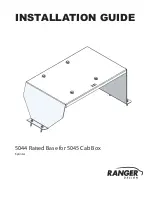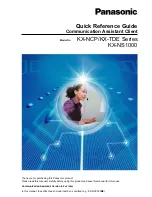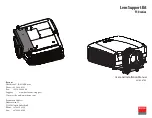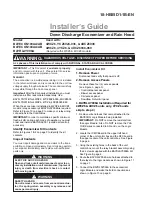
34
35
Eng
li
sh
Eng
lish
7 Start-up
7.1 Before starting up for the first time
After transportation the appliance should be left to stand for at least
24 hours so that the refrigerant can collect in the compressor. Non-
observance of this may damage the compressor and so lead to the
appliance malfunctioning. In such a case the warranty becomes invalid.
Clean the interior of the refrigerator and all of the accessories to
be found here with commercially available, mild cleaning products.
WARnInG: Do not store explosive substances such as aerosol
cans with a flammable propellant in this appliance.
cAuTIon:
Please take care that the bottom of appliance is not
completely covered by bottles in order that the condensation drain is
not disrupted. It is best to put the bottles on a shelf.
The shelf can withstand the maximum load 4.5 kg.
7.2 connecting the appliance to the mains supply
IMPoRTAnT
It is imperative that the appliance be earthed according to
the directions. For this purpose the plug of the connecting
cable is provided with the appropriate contact.
IMPoRTAnT
Call a specialist electrician if the plug does not fit into the
socket. Do not try to force the plug into the socket.
IMPoRTAnT
If you disconnect the appliance from the mains supply, or
if a power cut occurs: wait for 5 minutes before you restart
the appliance.
8 operation
8.1 Switching the appliance on
In order to switch on the appliance push the mains plug into the socket.
8.2 Setting the temperature
The temperature can be set at from 0°C to 10°C. It is set by the knob.
noTE
Please note that the temperature will change depending on the
ambient temperature (installation site), the frequency of opening
the door and the fittings.
IMPoRTAnT
high room temperatures (such as e.g. on hot summer days)
and a cold temperature setting can lead to continuous
refrigerator operation. The reason for this is that the
compressor has to run continuously in order to maintain the
low temperature in the appliance. The appliance is not able
to defrost automatically because this is only possible when
the compressor is not running (see the defrosting section).
Therefore, a thick layer of frost or ice may form on the rear
interior wall.






































